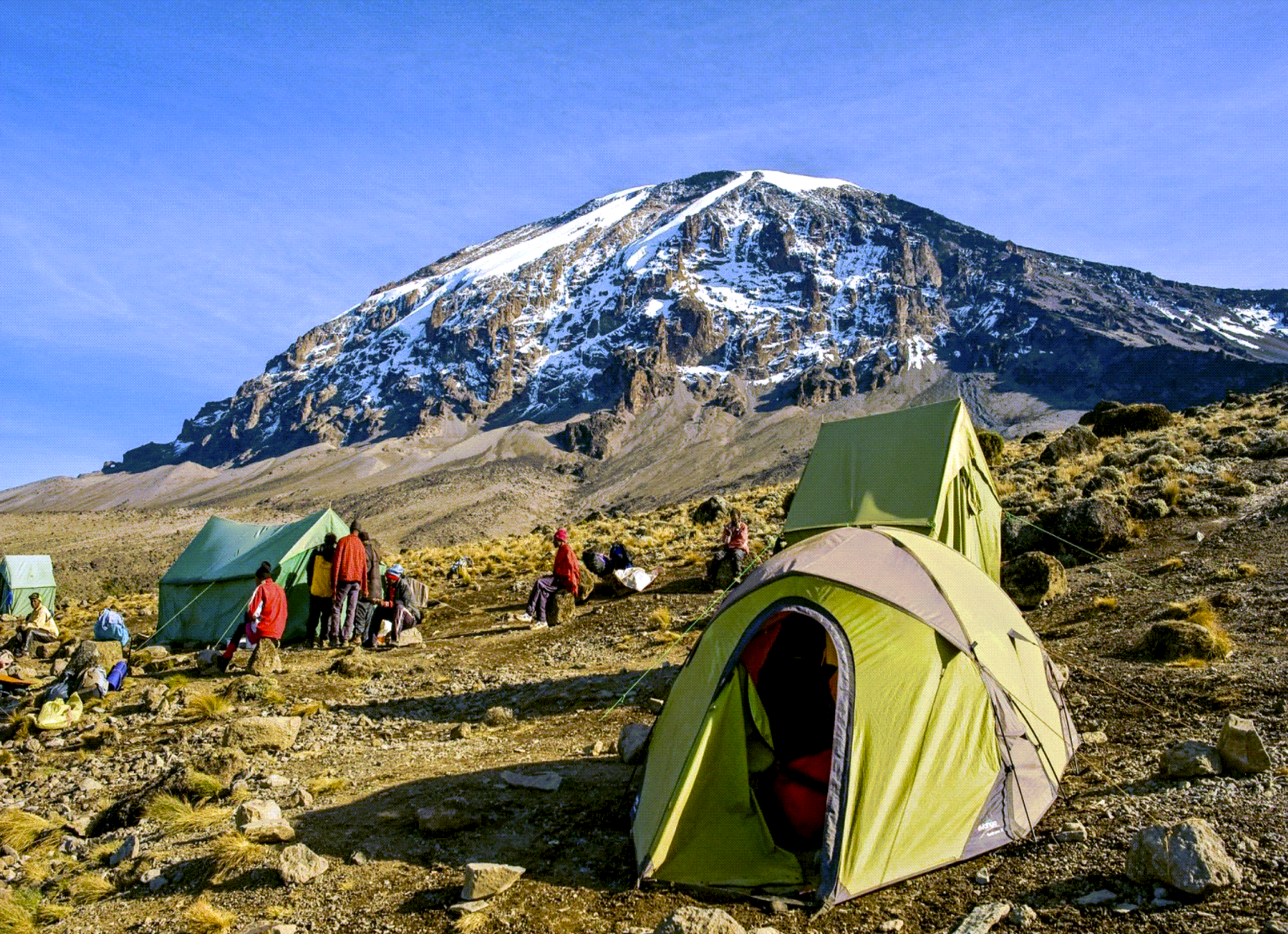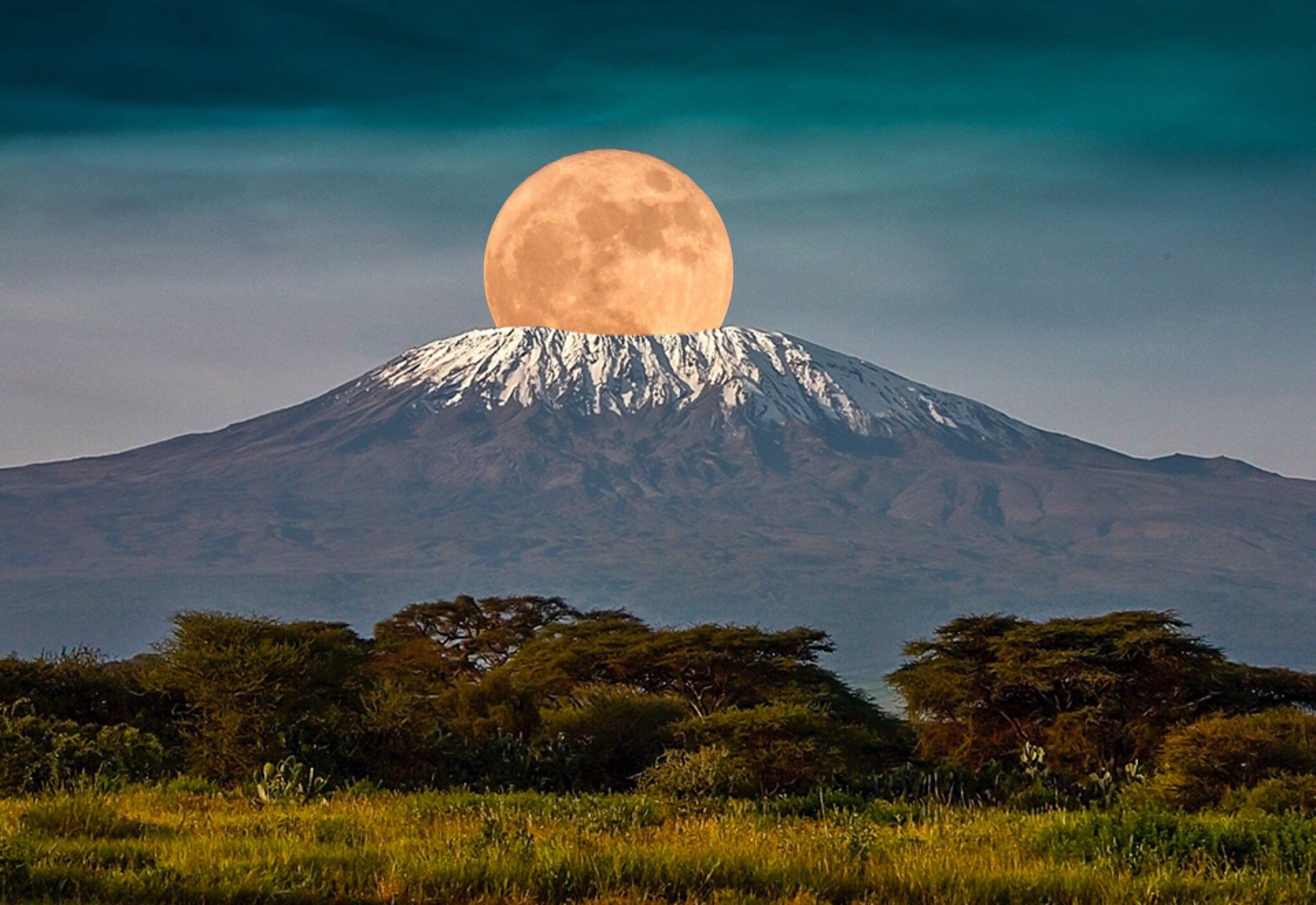Mt. Kilimanjaro Lemosho 8 days


Itinerary for Hiking Mt. Kilimanjaro Via Lemosho Route
Mount Kilimanjaro, the highest peak in Africa, stands at 5,895 meters (19,341 feet) above sea level. Located in Tanzania, this iconic mountain is renowned for its stunning, snow-capped summit and pristine, diverse ecosystems, ranging from lush rainforests to alpine deserts. Hiking Kilimanjaro offers adventurers a challenging yet rewarding experience, as they ascend through ever-changing landscapes to reach the "Roof of Africa". The Lemosho Route is one of the most scenic and least crowded routes to the summit of Mount Kilimanjaro. It offers excellent acclimatization opportunities, a variety of landscapes, and a higher success rate due to its longer itinerary. Below is a detailed 8-day itinerary for the Lemosho Route.
The Lemosho Route is one of the most scenic and least crowded routes to the summit of Mount Kilimanjaro. It offers excellent acclimatization opportunities, a variety of landscapes, and a higher success rate due to its longer itinerary. Below is a detailed 8-day itinerary for the Lemosho Route.
Good to Know:
-
Country: Tanzania
-
Visa Requirements: Yes
-
Languages spoken: English & Swahili
-
Per Person: $3,000 - $4,500
-
Important to have Visa & Travel Insurance.
-
A knowledgeable guide will greatly enhance your experience.
-
Trekking Clothes, Personal Gear, Poles and Other Important Hiking equipment is necessary.
Day 1: Londorossi Gate to Mti Mkubwa Camp
Elevation: 2,100m (6,890 ft) to 2,820m (9,250 ft)
Distance: 6 km
Hiking Time: 3-4 hours
Habitat: Rainforest
Description: After breakfast at your hotel, you’ll drive to Londorossi Gate for registration, then continue driving to the Lemosho trailhead. The trek begins in the rainforest, where you might spot wildlife like monkeys and various bird species. You’ll hike through dense forest to reach Mti Mkubwa (Big Tree) Camp.
Accommodation: Mti Mkubwa Camp (Tents)
Day 2: Mti Mkubwa Camp to Shira 1 Camp
Elevation: 2,820m (9,250 ft) to 3,500m (11,500 ft)
Distance: 8 km
Hiking Time: 5-6 hours
Habitat: Moorland
Description: The trail continues through the forest until it gradually opens up into the moorland. You'll cross several streams before reaching the Shira Plateau, offering stunning views of Mount Meru in the distance. The day ends at Shira 1 Camp.
Accommodation: Shira 1 Camp (Tents)
Day 3: Shira 1 Camp to Shira 2 Camp
Elevation: 3,500m (11,500 ft) to 3,850m (12,630 ft)
Distance: 7 km
Hiking Time: 3-4 hours
Habitat: Moorland
Description: Today is a relatively short hike, allowing for further acclimatization. The trail crosses the Shira Plateau, with views of the Western Breach and Kibo Peak. You’ll reach Shira 2 Camp in the early afternoon, where you can rest and explore the area.
Accommodation: Shira 2 Camp (Tents)
Day 4: Shira 2 Camp to Lava Tower to Barranco Camp
Elevation: 3,850m (12,630 ft) to 4,600m (15,190 ft) to 3,900m (12,800 ft)
Distance: 10 km
Hiking Time: 7-8 hours
Habitat: Alpine Desert
Description: The day begins with a long ascent to the Lava Tower, a 300-foot tall volcanic rock formation. This is a crucial day for acclimatization as you climb to 4,600m before descending to Barranco Camp. The descent to Barranco Camp through the valley is steep but offers breathtaking views of the Barranco Wall and the surrounding landscape.
Accommodation: Barranco Camp (Tents)
Day 5: Barranco Camp to Karanga Camp
Elevation: 3,900m (12,800 ft) to 4,035m (13,235 ft)
Distance: 5 km
Hiking Time: 4-5 hours
Habitat: Alpine Desert
Description: The day begins with the challenging ascent of the Barranco Wall, a steep climb that requires some scrambling. Once at the top, you’ll have stunning views of Kibo and the surrounding landscape. The trail then descends into the Karanga Valley before reaching Karanga Camp. This shorter day helps with acclimatization and allows you to rest before the summit push.
Accommodation: Karanga Camp (Tents)
b>Day 6: Karanga Camp to Barafu Camp
Elevation: 4,035m (13,235 ft) to 4,640m (15,220 ft)
Distance: 4 km
Hiking Time: 4-5 hours
Habitat: Alpine Desert
Description: Today’s trek is a short but steep climb to Barafu Camp. The landscape becomes more barren as you ascend, with little vegetation. Upon reaching Barafu Camp, you’ll prepare for the final ascent to the summit. After an early dinner, it’s important to rest as you’ll start the summit attempt around midnight.
Accommodation: Barafu Camp (Tents)
Day 7: Barafu Camp to Uhuru Peak to Mweka Camp
Elevation: 4,640m (15,220 ft) to 5,895m (19,341 ft) to 3,080m (10,105 ft)
Distance: 17 km (5 km ascent, 12 km descent)
Hiking Time: 12-15 hours
Habitat: Arctic Zone to Rainforest
Description: Your summit attempt begins around midnight with a steep climb to Stella Point on the crater rim. This is the most challenging part of the trek, both mentally and physically. From Stella Point, it’s a gradual ascent to Uhuru Peak, the highest point in Africa. After taking in the sunrise and snapping photos, you’ll begin your descent back to Barafu Camp for a short rest and then continue down to Mweka Camp.
Accommodation: Mweka Camp (Tents)
Day 8: Mweka Camp to Mweka Gate
Elevation: 3,080m (10,105 ft) to 1,640m (5,380 ft)
Distance: 10 km
Hiking Time: 3-4 hours
Habitat: Rainforest
Description: The final leg of your trek takes you through the lush rainforest to Mweka Gate. Upon arrival, you’ll receive your summit certificate before being transferred back to your hotel in Moshi or Arusha for a well-deserved rest.
Accommodation: Hotel in Moshi/Arusha


What’s Included:
Accommodation:
2 nights in a hotel (one night before the trek and one night after)
7 nights in mountain tents during the trek
Meals:
All meals on the mountain (breakfast, lunch, and dinner)
Drinking water during the trek
Guides and Staff:
Professional mountain guides
Porters to carry equipment and supplies
Cooks to prepare meals
Park Fees:
Kilimanjaro National Park entrance, camping, and rescue fees
Group Equipment:
Communal camping equipment (tents, tables, chairs, cooking equipment)
Emergency oxygen for altitude sickness
Transportation:
Transfers between the hotel and the Lemosho Gate
Summit Certificate:
Certificate of achievement for reaching Uhuru Peak
What’s Not Included:
Personal Gear:
Trekking clothing (jackets, boots, gloves, hats, etc.)
Sleeping bags (recommended to be rated for cold weather)
Trekking poles
Travel Insurance:
Comprehensive travel insurance covering high-altitude trekking
Visa and Vaccinations:
Tanzanian visa
Required vaccinations (such as yellow fever)
Meals Not on the Mountain:
Meals in Moshi/Arusha before and after the trek
Tips for Guides, Porters, and Cooks:
Tipping is expected and typically ranges from $250 to $300 per person for the entire crew
Personal Expenses:
Souvenirs, snacks, and drinks not included in the trekking package
Optional Tours:
Any additional activities or tours, such as safaris or Zanzibar trips, before or after the trek
Emergency Evacuation Costs:
Helicopter evacuation or additional medical costs beyond what is covered by the park rescue fees and personal insurance
This 8-day Lemosho Route itinerary provides a well-paced climb with excellent acclimatization opportunities, increasing your chances of successfully reaching Uhuru Peak. The route offers diverse scenery, from rainforest to alpine desert, making it one of the most beautiful treks on Kilimanjaro.
